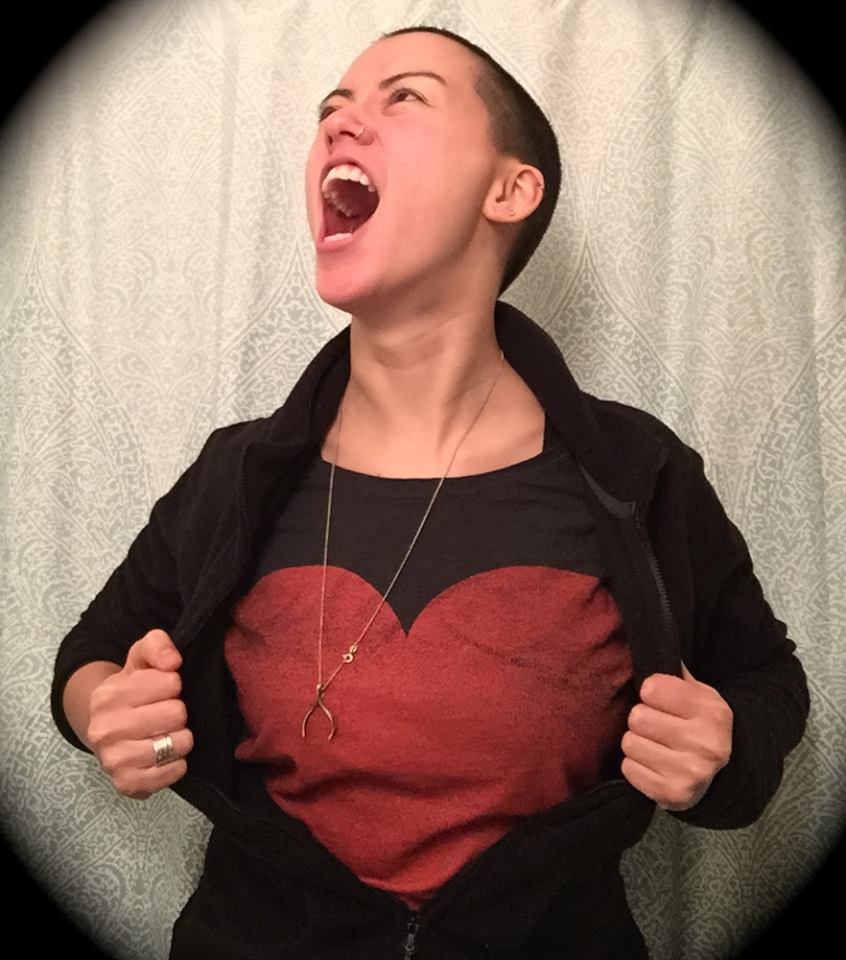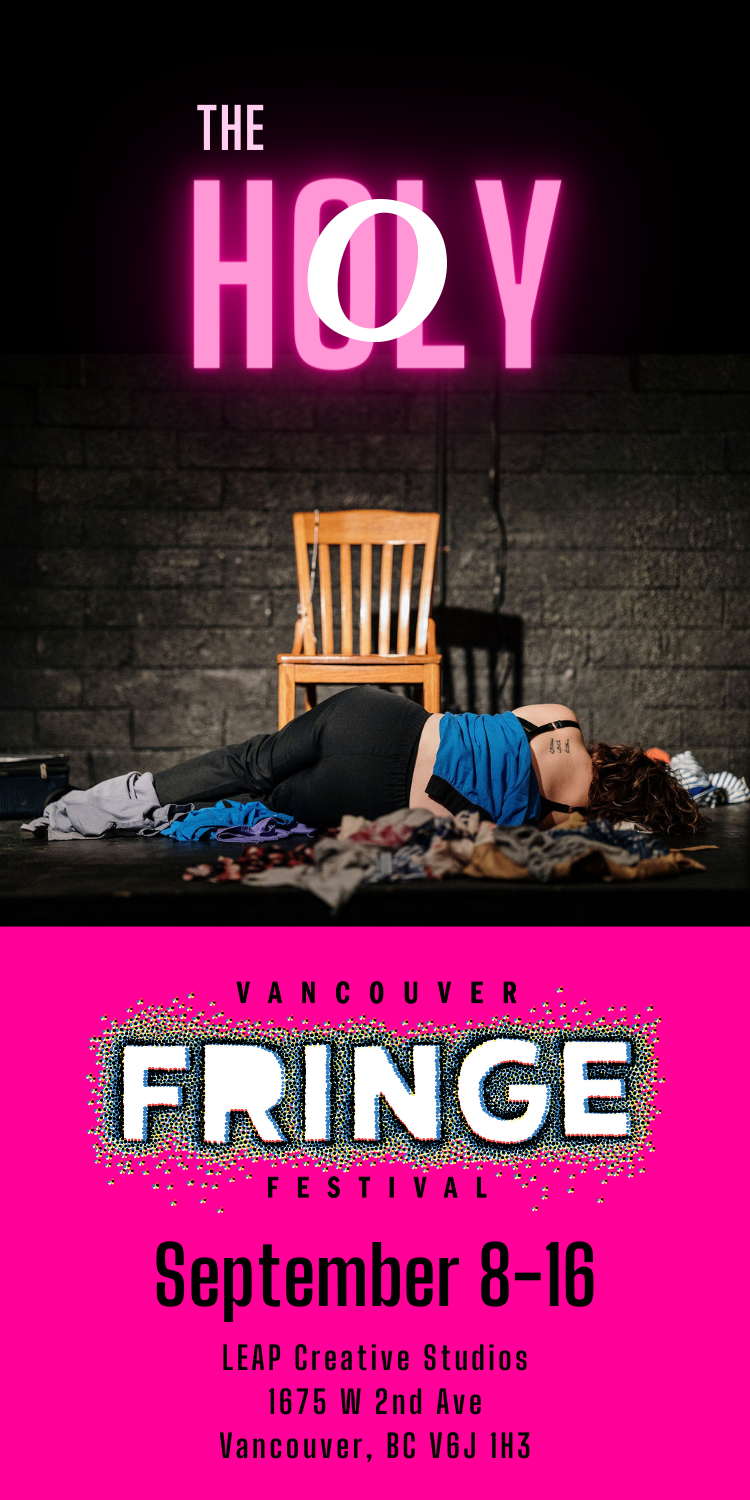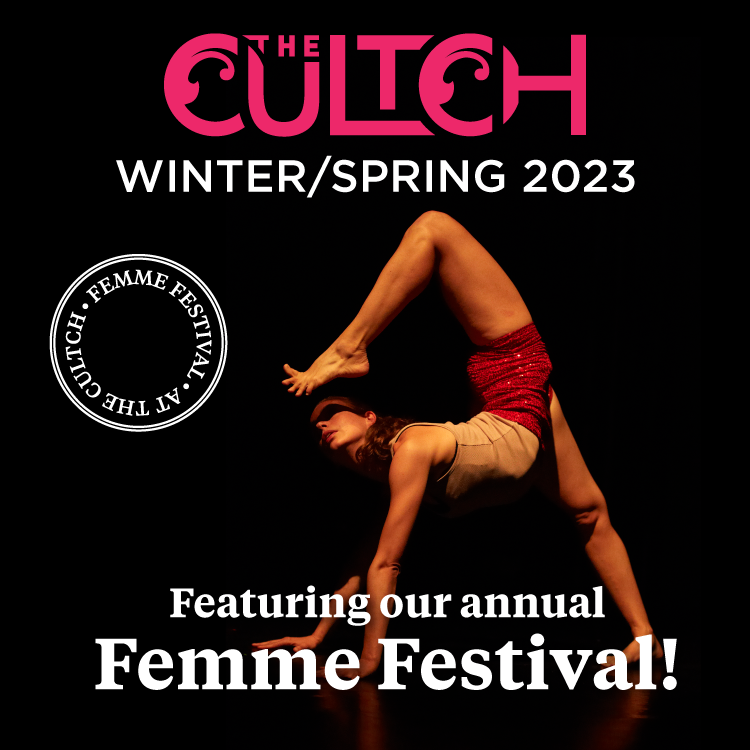Photos by Stephanie Lamy (@slamy_photo)
By Chloë Lai
@joyocracy
As a child, I was fascinated by the stories of America in the ’60s and ’70s. I dreamed of building a time machine. Of being there for it all: the Beatles, anti-war protests, the Civil Rights Movement. When I was 11, my family left Canada and moved back to my father’s home country. The people are wonderful, but some laws are devastating: homosexuality, for example, is punishable by death, and women’s rights are easily undermined. Protests of any kind are also illegal there, so I learn to numb out.
By the time I move to North America and become self-aware enough to explore politics, issues like racism and women’s health are being treated like old news. There’s a sense of We’ve come far enough. If you’re still talking about this stuff, you’re stuck in the past.
Then Donald Trump wins the American presidential election.
Within 24 hours, people are organizing a Women’s March on Washington to stand up for the rights that Trump has been casually dismissing throughout his campaign.
I decide to go to the sister march in Seattle. My parents worry.
A friend and I cross the US border an hour after the new president is sworn in. At bedtime, we read about pepper spray and stun grenades being used in DC. Then we find out that someone got shot at a protest at the nearby University of Washington. Neither of us sleeps well that night.
At 8:23 am, we’re picking up our press passes at the Judkins Park baseball diamond. It’s colder than I expected, but within a couple of hours there are so many warm bodies gathered on the field that their collective breath warms the air.
I’m bracing myself for danger, so the love catches me unawares.
A wave of Indigenous activists fills the street with drums and song. Police officers repeatedly thank protesters for showing up. A man with a black bandana tied over his face helps an elderly lady inch her walker off a curb. Two protesters in yellow jackets break from the sidelines and hug police officers. There are cis, trans and genderqueer women with straight, curly, dreadlocked, hijab-covered and multi-coloured hair, men in pussyhats, teenagers holding hands, children trailing superhero capes and babies in strollers. Women who have participated in marches together since 1961 cackle about how they’re coming out of retirement for the next four years. There’s even a contingent from the Satanic Temple of Seattle. Someone waves a rainbow flag from the rooftop of a high-rise near the Space Needle and the crowd below bursts into cheers. Organizers expect 50,000 people. They get an estimated 120,000.
Nearly six kilometres of city streets are packed with families, friends and strangers, all moving in sync.
The Women’s Marches are not perfect. Before and after the events, there is infighting and criticism. Some of it is uncomfortably accurate. But in the crowd, in the moment, the only thing I feel is absolute solidarity. And that’s a start.
 Chloë Lai is a freelance fiction editor and aspiring screenwriter who does most of her work from the hammock in her home office. She tries very hard to love people as much as she loves dogs.
Chloë Lai is a freelance fiction editor and aspiring screenwriter who does most of her work from the hammock in her home office. She tries very hard to love people as much as she loves dogs.




